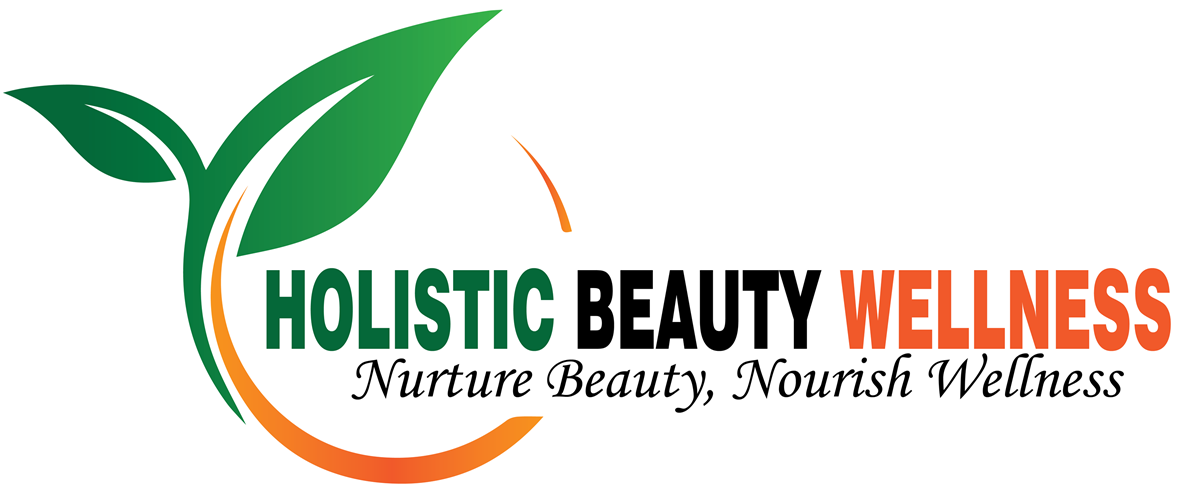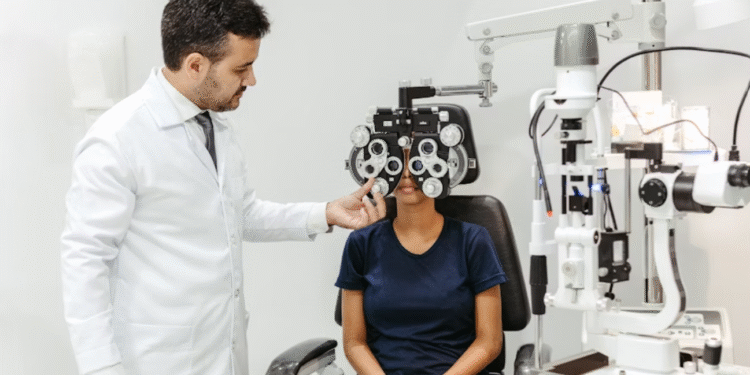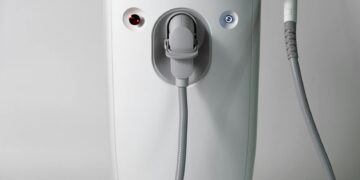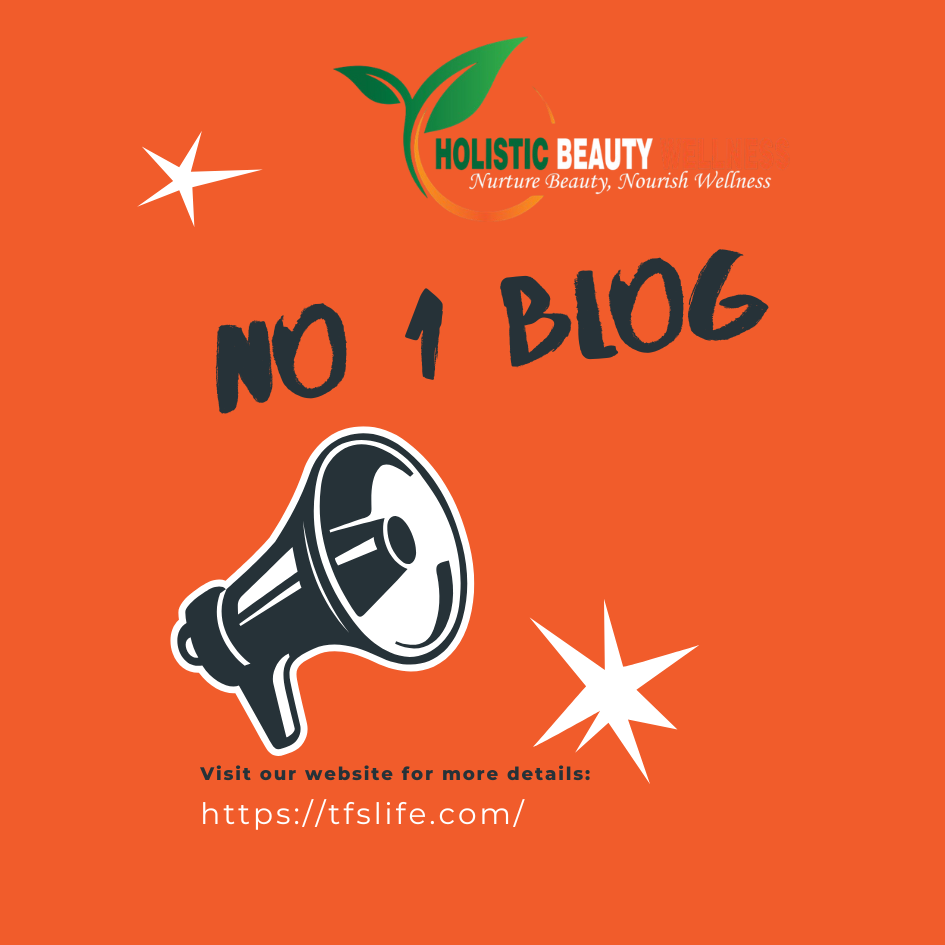Nowadays, sustainability is more than just a catchphrase; it’s a need. The cosmetics business, which is frequently criticised for its effects on the environment, is now adopting cutting-edge technologies to encourage sustainability and eco-friendliness. Beauty technology is changing how customers approach their beauty rituals, from waterless products to recyclable packaging. This blog examines how eco-conscious consumers are being empowered by these sustainable products and how they are changing the industry.
The Significance of Sustainable Beauty
Because of the beauty industry’s large environmental impact, sustainability is essential. Think about these facts:
• Every year, more than 120 billion packaging units are produced by the worldwide cosmetics sector, the majority of which cannot be recycled.
• The manufacturing and disposal of traditional beauty products frequently result in hazardous emissions and pollution; many beauty products depend on water as a primary ingredient, adding to resource depletion in areas where water scarcity is already an issue.
Customers’ demands for ethical sourcing, transparency, and eco-friendly products are fuelling the movement towards sustainable methods. With innovations that appeal to this expanding eco-conscious market, brands are stepping up to the challenge.
Leading Sustainable Beauty Technology Advancements
1. Packaging that is Zero-Waste and Refillable
The beauty industry faces a significant problem with packaging waste; however, companies are addressing this issue by using zero-waste and reusable solutions:
• Refill Stations: In-store refill stations for shampoos, body washes, and lotions are being installed by companies such as The Body Shop and L’Occitane. By allowing customers to refill their containers, single-use plastics are decreased.
• Refillable Makeup Compacts: High-end companies like Kjaer Weis provide metal compacts that can be used again to hold blushes and bronzers. Long-term use is encouraged by these stylish and robust designs.
• Biodegradable Packaging: To ensure a low environmental impact, companies such as Seed Phytonutrients package their products in paper-based, compostable packaging.
2. Beauty Products Without Water
An innovative step towards sustainability is the use of waterless beauty products. These products provide concentrated formulas and lessen environmental strain by removing water:
• Solid Bars: Solid shampoo and conditioner bars, made by companies like Ethique, do away with the need for plastic bottles.
• Products Made of Powder: Pinch of Colour’s water-activated cleansers and masks offer powerful skincare benefits with little waste.
• Long Shelf Life: Because waterless products are less likely to grow microorganisms, they require fewer preservatives and have a longer shelf life.
3. Virtual Try-Ons with Augmented Reality (AR)
Customers may virtually test skincare and beauty items thanks to Ons AR technology, which reduces waste and the need for physical testers:
• Sephora Virtual Artist: This software lets users try makeup palettes, lipstick hues, and other items right from their cell phones.
• YouCam Makeup: This software, which also uses augmented reality, allows users to experiment with various makeup styles and even skin analysis.
• Waste Reduction: Brands may ensure a sanitary shopping experience while reducing package waste by getting rid of testers.
4. Using Repurposed Materials
Reducing environmental effects requires sustainable ingredient sourcing. Upcycling is the process of turning waste from other sectors into cosmetics:
• Coffee grounds: Exfoliators and scrubs made from leftover coffee grounds are sold by companies like Up Circle Beauty.
• Fruit By-products: To ensure that no portion of the raw material is wasted, leftover fruit pulp from the creation of juice is recycled into moisturisers and masks.
• Plant-Based Alternatives: Ingredients for skincare and haircare products, such as hemp, bamboo, and algae, are being farmed sustainably.
5. Intelligent Skincare Equipment
Cutting-edge skincare products are made with sustainability in mind, which minimises waste and encourages effective routines:
• Foreo Luna: This silicone brush replaces the need for single-use cleansing pads and is long-lasting and rechargeable.
• AI-Powered Diagnostics: By analysing skin issues and suggesting tailored remedies, apps such as Olay’s Skin Advisor reduce the need for pointless product purchases.
• Multi-Function Devices: These devices eliminate the need for several equipment and products by integrating washing, exfoliation, and serum application.
6. Compostable Materials and Bioplastics
Innovations in packaging are increasing the sustainability of products:
• Bioplastics: These materials break down more quickly than conventional plastics and are made from renewable resources like corn or sugarcane.
• Biodegradable Packaging: To guarantee that no trash ends up in landfills, Axiology’s zero-waste lip crayons come in recyclable and biodegradable packaging.
7. Production Methods That Use Less Energy
To reduce their carbon footprint, brands are implementing more environmentally friendly production methods:
• Carbon-Neutral Facilities: Businesses such as Aveda have pledged to run their production facilities entirely on renewable energy.
• Local Sourcing: Brands help local economies and cut down on transportation-related emissions by sourcing ingredients locally.
Sustainable Beauty Technology’s Advantages
For Customers
• Personalised Routines: AI-driven technologies provide tailored solutions, cutting down on waste and pointless expenditures.
• Safer components: Natural, non-toxic components are frequently used in eco-friendly cosmetics, which improve skin health.
• Cost-Effectiveness: Concentrated formulae and refillable packaging provide better value for money by lasting longer.
Regarding the Environment
• Waste Reduction: Solid products and refillable packaging are examples of innovations that help cut down on landfill waste.
• Preservation of Resources: Water is a vital resource in many regions of the world, and waterless formulations save it.
• Reduced Emissions: Carbon footprints are reduced by using sustainable sourcing and production methods.
How to Make the Switch to Sustainable Beauty
1. Start Small: Start by substituting zero-waste or refillable products for single-use ones.
2. Brand Research: To be sure products adhere to environmentally responsible standards, look for certifications like Leaping Bunny, Fair Trade, or Carbon Neutral.
3. Do the Right Recycling: Engage in recycling initiatives such as Back-to-MAC, which offers incentives to consumers who return empty containers.
4. Give Multi-Functional Products Priority: To cut down on consumption, choose products that have several uses, such as tinted moisturisers with SPF.
Sustainable Beauty Technology’s Future
At the nexus of innovation and sustainability is where beauty is headed. While developments in biotechnology may result in lab-grown substances with less environmental impact, emerging technologies like blockchain can offer more transparency in the origin of components. To further reduce waste, brands are also investigating smart packaging that monitors product usage and promotes prompt refills.
Conclusion
Sustainable beauty technology is a movement towards a more responsible future, not just a fad in the industry. The desire for creative solutions that reflect their values is being driven by eco-conscious customers, who are at the centre of this shift. These developments, which include waterless cosmetics and virtual try-ons, make it simpler than ever to indulge in a high-end beauty regimen without endangering the environment.
You may improve your beauty experience and help create a more environmentally friendly future by adopting these ideas. Adopt sustainable beauty technology now to encourage others to do the same. We can reinvent what it means to be beautiful on the inside and out if we work together.














